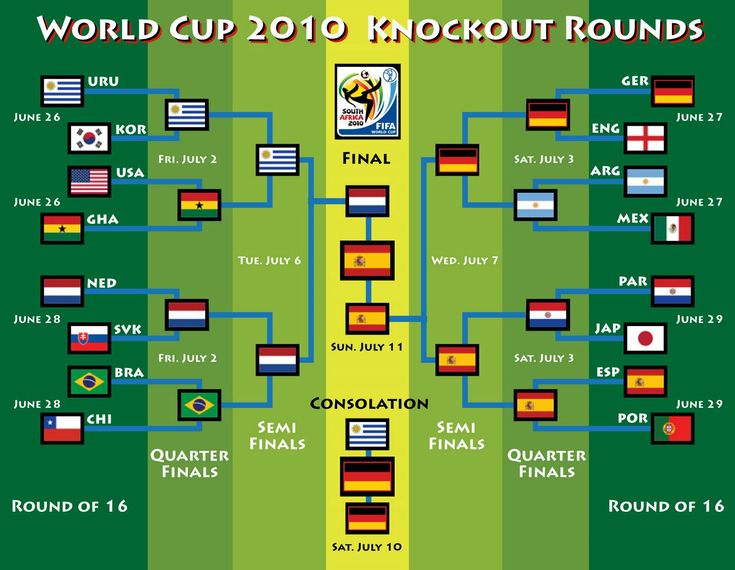Man, I spent half my weekend digging up old FIFA records. You know how it is. You try to teach a young kid something simple, like how a tournament works, and suddenly you’re falling down a deep, dark history hole. My nephew, 12 years old, he’s watching the Euros this year and he asks me, “Uncle, how come sometimes the best teams knock each other out early?”

The 2010 Knockout Grind: Setting Up the Bracket
I told him that’s just the luck of the draw. But then I had to prove it to him. I pulled up the whole damn 2010 World Cup structure. That whole tournament was a masterclass in path dependency, honestly. I used a huge spreadsheet first, then I transferred the results onto a physical whiteboard in my garage, color-coding the winners and their routes. I needed to visualize the system, because systems always dictate outcomes.
I started by mapping out the Round of 16. This is where the initial structure really becomes clear. The seeding had done its job, separating some major powers, but placing others, like Brazil and Netherlands, potentially on the same side of the draw. The first matches were definitive battles that carved out the space for the eventual winner.
- Germany slammed England 4-1. That match was definitive. I remembered thinking then that Germany looked unstoppable.
- Uruguay squeaked past South Korea. They were gritty.
- Netherlands dominated Slovakia. A strong, expected victory.
- And Spain took out Portugal 1-0. Tough game, but they did the minimum required to move on.
The key thing I realized, which I pointed out to the kid, was the incredible pressure cooker that was forming on the bottom half of the draw. That’s where Brazil, Netherlands, Uruguay, and Ghana were stacking up. Spain had managed to stay relatively clean.
Quarter-Finals and Semi-Finals: Defining the Path
The Quarter-Finals were brutal. I watched replays of the Argentina vs. Germany game again. A 4-0 demolition by the Germans. That match shook up everything. Germany was peaking at the exact right moment. Meanwhile, on Spain’s side, they were having a tough time scraping by Paraguay, 1-0. They didn’t look like world beaters, but they were consistent.
The Semi-Finals were the structural climax. The tournament was designed to force a confrontation between the two surviving sides. On one path, you had the Netherlands vs. Uruguay. A 3-2 thriller. Netherlands powered through, but they were tired, having battled through Brazil in the Quarter-Finals, which had been a massive physical and emotional expenditure. They fought their way into the final.

On the other side, Spain faced Germany. The two giants. Germany was coming off huge wins, flashy, high-scoring football. Spain? They were the machine. Another 1-0 win for Spain. They neutralized the German attack. They didn’t play the most exciting football, but they executed the system perfectly. They got through by being consistently effective, not by winning huge. This is the difference. The system rewarded consistency.
Why Did I Care This Much About Old Soccer?
Why did I spend two days obsessively analyzing a 14-year-old sports bracket? It wasn’t just for the nephew. This whole process of mapping out a structure—the dependencies, the choke points, the single points of failure—it triggered some serious flashbacks to my old corporate life.
About fifteen years ago, I was deep in enterprise architecture. We had this sprawling, messy financial infrastructure. We had three different data centers trying to communicate, held together by legacy code and caffeine. It was the organizational equivalent of that 2010 bracket, but instead of soccer teams, it was departments fighting for access rights.
My boss at the time demanded a perfect dependency diagram. I labored over that diagram for weeks. I built flowcharts that mapped every transaction path. I proved that if one specific minor legacy server failed during a weekend update—the equivalent of a freak injury in the Round of 16—the entire payroll system for half the company would stall. It was a single point of failure right there, designed into the system.
I presented the findings, showing them the direct path to disaster. I pleaded for redundancy. You know what they did? They looked at the diagram, said, “This looks too expensive to fix,” and then told me to rewrite the report to show a “more optimistic” outlook, effectively ignoring the bracket I had just charted.

Four weeks later, it happened. The legacy server failed. Payroll crashed. Massive delays, panicked calls, absolute chaos. Millions lost in efficiency and fines. And guess who got the blame for wasting time on “theoretical problems” and “confusing management with complexity”? Me. They tried to pin the organizational failure on my honest reporting.
I packed up my external hard drive, slammed the door, and walked out. I didn’t even file an exit interview. I told the department head, “I just showed you exactly how you were going to lose, and you asked me to pretend the path was easy.”
That’s why I document this stuff now. Watching Spain systematically dismantle the opposition in 2010 reminds me that systems always dictate outcomes. Spain won because their bracket path, while demanding, was manageable, and they maximized consistency. My old company failed because the structural path they insisted on was inherently broken, and they willfully ignored the documentation that showed them the route to disaster.
Always review the knockout rounds, folks. In soccer and in business. It tells you the whole damn story of who is set up to win.
